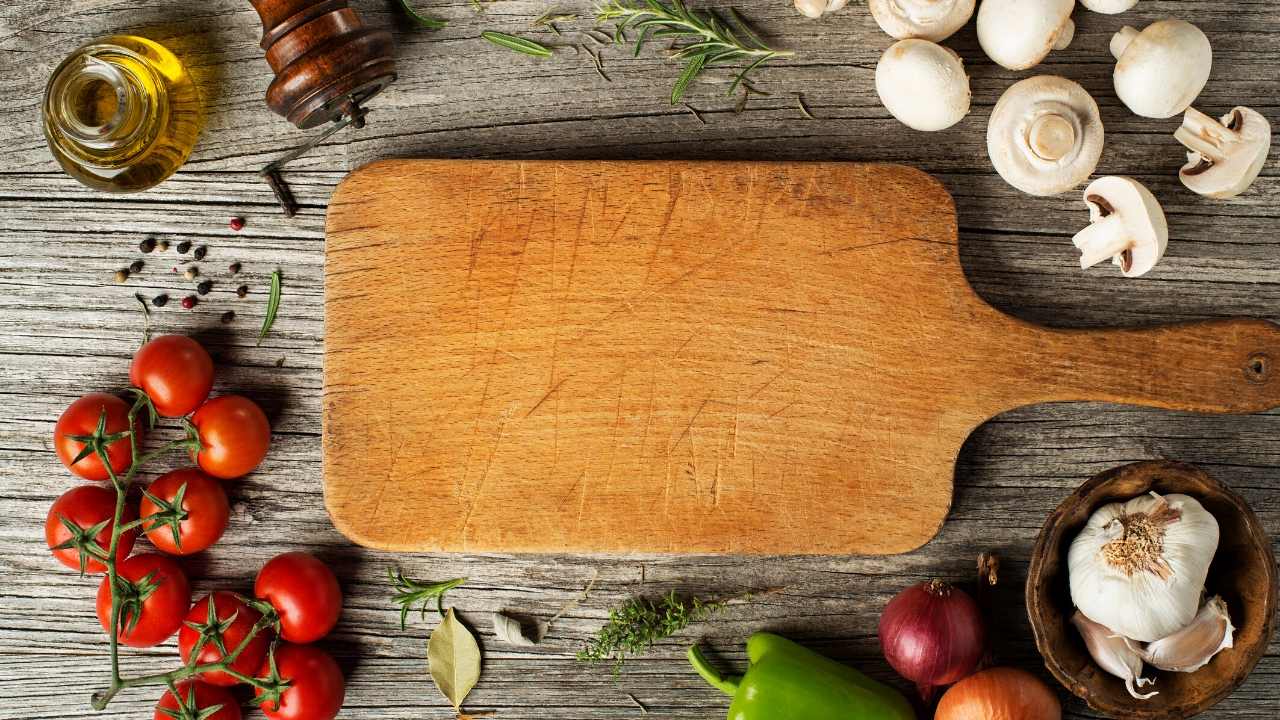
Holiday eating is not as bad as you might think. Here are some tips to ensure a healthy holiday. You can keep your diet as normal as possible, and still have fun. You can enjoy delicious food without eating too much. Here are some ways you can do this. To keep from overeating, it is possible to take small breaks. Don't forget the seasonal treats!
Don't skip meals. This will prevent you from eating too much and help stabilize your blood sugar. A nutritious breakfast is a good start to the day. A healthy snack is a good idea if the party happens later in the afternoon. Eat smaller portions than usual so you can enjoy your favorite foods. Be sure to eat less than your main course. You can always have a dessert afterwards.

You can pack your own healthy snacks. You can pack your own healthy snacks. Many holiday parties offer plenty of sweets. If you're unable to do that, you can pack healthy snacks and eat them later. These snacks can still be tasty and high-fiber. You can also add some nuts or fruit to keep you fuller for longer. If you can't make a meal, pack your favorite healthy snack. Additionally, make sure to snack on plenty of fruits & vegetables.
Try to cut down on the portions when you prepare holiday meals. You can cut back on the number of servings you order by skipping certain meals. You'll be able to save calories on the main dish, while still enjoying your favorite foods. It's better to avoid overeating than to indulge in unhealthy foods. You can ask family and friends to help you bring a small container with water and crackers. Try to avoid heavy, cream-filled dishes or salads if you are a vegetarian.
Holiday meals can be a wonderful time to eat healthier foods. High-calorie foods are best avoided so you can enjoy more holiday dishes while still being healthy. If you're hosting a holiday party, be sure to use a smaller plate to eat more healthful portions. Also, eat slowly. It takes around 20 minutes for your brain to detect that you are full. If you can't stop eating, get up and do some exercise to burn some calories.

You should eat as much holiday dinners as you can. You can balance your indulgences by choosing nutrient-dense foods, such as whole grains, fruits, and lean meats. Planning ahead will allow you to enjoy the holiday meal in a healthier manner. Plan your meals in advance, and eat every day. Avoid skipping meals that make you hungry, especially during the holidays.
FAQ
What is the difference between a calorie or a kilocalorie.
Calories can be used to measure how much energy is in food. Calories are the unit of measurement. One calorie contains the energy needed to raise the temperature of one gram of water by one degree Celsius.
Kilocalories are another way to describe calories. Kilocalories can be measured in thousandsths of one calorie. 1000 calories, for example, equals one kilocalorie.
What is the difference of a virus from a bacteria?
A virus, a microscopic organism, is incapable of reproducing outside its host cell. A bacterium is a single-celled organism that reproduces by splitting itself in two. Viruses are very small (about 20 nanometers) while bacteria are larger (up to 1 micron).
Viruses spread easily through contact with infected bodily tissues, such as saliva and urine, semen, vaginal secretions or pus. Bacteria are usually spread through direct contact with contaminated objects or surfaces.
Viruses may enter the body through cuts, scrapes. bites, or any other break in the skin. They can also penetrate the skin through the eyes, nose or mouth.
Bacteria can enter our bodies through wounds, cuts, scrapes, burns, insect stings, or other breaks in our skin. They may also be introduced into our bodies through food and water as well as soil, dirt, dust, and animals.
Both viruses and bacteria can cause illness. Viruses can not multiply within the host. They can only infect living cells and cause illness.
Bacteria can spread within the host and cause illness. They can infiltrate other parts of the body. We need antibiotics to get rid of them.
How do I count calories?
You might wonder, "What's the best diet for me?" or "is counting calories necessary?" It depends on many factors such as your current health, personal goals, preferences, and overall lifestyle.
The Best Diet for Me - Which One is Right For You?
My current health status, personal goals, preferences, and overall lifestyle all play a role in choosing the right diet. There are many different diets, some good and some not so good. Some work well for certain people while others don't. So what do I do? How do I make a good decision?
This article aims at answering these questions. It begins by briefly describing the various diets available today. The pros and cons of each diet are then discussed. Finally, we'll discuss which one is best.
Let's begin by briefly reviewing the different types and diets.
Diet Types
There are three main types, low fat, high protein, or ketogenic diets. Let's talk about them briefly.
Low Fat Diets
A low-fat diet is one that limits the intake of fats. This is accomplished by decreasing the intake of saturated fats such as butter and cream cheese. and replacing them with unsaturated fats (olive oil, avocados, etc.). People who are looking to lose weight quickly and easily will benefit from a low-fat diet. This diet can cause problems such constipation as heartburn, indigestion, and even stomach pain. It can also lead to vitamin deficiencies, if someone doesn't get enough vitamins in their food.
High Protein Diets
High protein diets restrict carbohydrates in favor of proteins. These diets typically have more protein than other diets. These diets are meant to increase muscle mass, and burn more calories. Unfortunately, they can't provide adequate nutrition for those who eat regularly. They may also be too restrictive and not suitable for everyone.
Ketogenic Diets
Ketogenic diets are also known as keto diets. They are high in fat, moderately high in protein and low in carbohydrates. These foods are popular among athletes and bodybuilders as they allow them to train harder, longer and without becoming tired. However, they must be used with caution to avoid nausea, headaches and fatigue.
How often should i exercise?
Fitness is key to a healthy lifestyle. But, you don't need to spend a specific amount of time exercising. Find something you like and stay with it.
You should aim to do 20-30 minutes of moderate intensity exercise three times per week. Moderate intensity means that you will still be working hard even after your workout is over. This type works out burns around 300 calories.
If you prefer to walk, go for 10 minute walks four days a week. Walking is low-impact, easy on your joints, and it's also very gentle.
You can also run for 15 minutes, three times per week. Running can help you burn calories and to tone your muscles.
Start slowly if you aren't used to doing exercise. Start by doing 5 minutes of cardio each day, a few times per week. Gradually increase your cardio time until you reach the goal.
Is cold a sign of a weak immune response?
Cold can make you less immune to infection because your body makes fewer white blood cells, which are essential for fighting infections. But, cold makes you feel better. Your brain releases endorphins that reduce pain.
Statistics
- WHO recommends reducing saturated fats to less than 10% of total energy intake; reducing trans-fats to less than 1% of total energy intake; and replacing both saturated fats and trans-fats to unsaturated fats. (who.int)
- According to the 2020 Dietary Guidelines for Americans, a balanced diet high in fruits and vegetables, lean protein, low-fat dairy and whole grains is needed for optimal energy. (mayoclinichealthsystem.org)
- This article received 11 testimonials and 86% of readers who voted found it helpful, earning it our reader-approved status. (wikihow.com)
- WHO recommends consuming less than 5% of total energy intake for additional health benefits. (who.int)
External Links
How To
What does the "vitamins” word mean?
Vitamins can be described as organic compounds found in food. Vitamins allow us to absorb nutrients from food. The body cannot make vitamins; therefore, they must be obtained from food.
There are two types if vitamins: water soluble, and fat soluble. Water-soluble vitamins dissolve readily in water. Examples include vitamin C,B1 (thiamine), B2 (riboflavin), B3 (niacin), B6 (pyridoxine), folic acid, biotin, pantothenic acid, and choline. Fat soluble vitamins are stored in the liver and fatty tissue. You can find vitamin D, E K, A, beta carotene, and other fat-soluble vitamins.
Vitamins are classified according to their biological activity. There are eight major vitamin groups:
-
A – Essential for normal growth, and the maintenance of good health.
-
C - vital for proper nerve function, and energy production.
-
D - essential for healthy bones, teeth, and gums.
-
E - needed for good vision and reproduction.
-
K - Essential for healthy muscles and nerves.
-
P – vital for building strong bones.
-
Q - aids digestion, absorption and absorption iron
-
R is required for the production of red blood cells.
The recommended daily allowance of vitamins (RDA), varies according to age, gender, physical condition, and other factors. The U.S. Food and Drug Administration, (FDA), sets the RDA value.
For example, the RDA for vitamin A is 400 micrograms per dayfor adults 19 years or older. For fetal development, pregnant women need 600 mg per day. Children ages 1-8 require 900 micrograms per day. For infants younger than one year, 700 micrograms are required daily. However, this number drops to 500 micrograms each day for children aged 9-12 months.
Children aged 1-18 years need 800 micrograms daily, while children overweight require 1000 micrograms per days. Children who are severely obese or underweight will need 1200 micrograms each day.
Children aged 4-8 years old who have been diagnosed as having anemia require 2200 micrograms of vitamin C per day.
2000 micrograms daily is required for adults over 50 to maintain their general health. Women who are pregnant or breastfeeding need 3000 micrograms per day due to increased nutrient requirements.
Adults over 70 require 1500 micrograms each day, since they lose around 10% of their muscle mass every decade.
Women who are pregnant and lactating need more nutrients than the RDA. Pregnant women require 4000 micrograms daily during pregnancy, and 2500 micrograms every day after birth. Breastfeeding mothers need to consume 5000 micrograms every day when breastmilk has been produced.